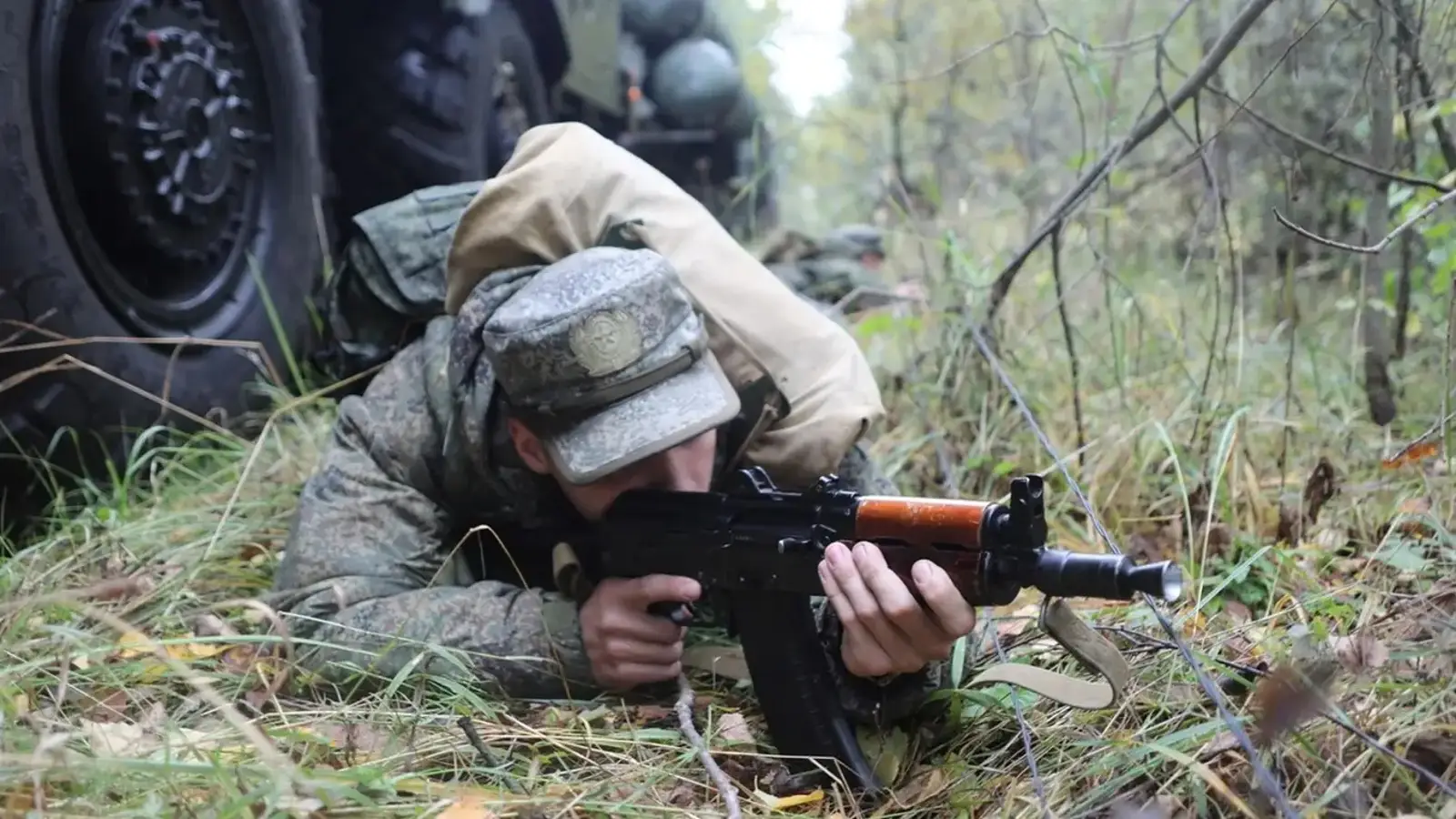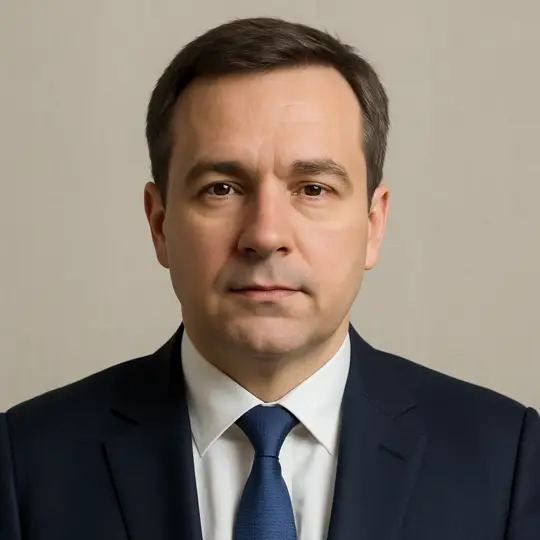Berliner Zeitung: Ukraine Conflict Set to Continue Beyond 2025


Berliner Zeitung reports neither Russia nor Ukraine can achieve a decisive breakthrough, predicting a prolonged war of attrition with a largely static front line.
The conflict in Ukraine is unlikely to end in 2025, according to an analysis published by the German outlet Berliner Zeitung (BZ). The article’s author argues that neither side currently has the resources needed to achieve a decisive breakthrough.
One of the most intense battlegrounds at the moment is around Krasnoarmiisk (known in Ukraine as Pokrovsk), where Russian forces are advancing from several directions. Analysts point to the Rodynske area as a key position — capturing it could open the way for further progress. However, the active use of FPV drones by Ukrainian troops is slowing the Russian push.
At the same time, Russia is widening the front in the Zaporizhzhia region, striking along new axes, including Stepnohirsk. This approach, the article notes, is aimed at stretching Ukrainian defenses and forcing Kyiv to shift reserves, potentially exposing other sectors of the front.
BZ reports that the battlefield has lost its clear structure, now consisting of scattered defensive points held by small groups of soldiers. Russian forces are increasingly using drones not only for reconnaissance but also for precision strikes on Ukrainian logistics.
Ukraine’s military and political leadership appears to be preparing for a protracted war. President Volodymyr Zelensky is tightening control over the defense sector, carrying out personnel changes.
Meanwhile, both sides continue to target critical infrastructure, striking bridges, railway hubs, and logistics centers.
Looking ahead, BZ predicts that the coming months will likely see localized offensives, continued Russian efforts to stretch Ukrainian lines, and an exhausting drain on resources. Without significant changes in troop numbers, supplies, or equipment, the publication concludes, neither Russia nor Ukraine will be able to secure a decisive victory, leaving the conflict as a drawn-out war of attrition with a largely static front line.